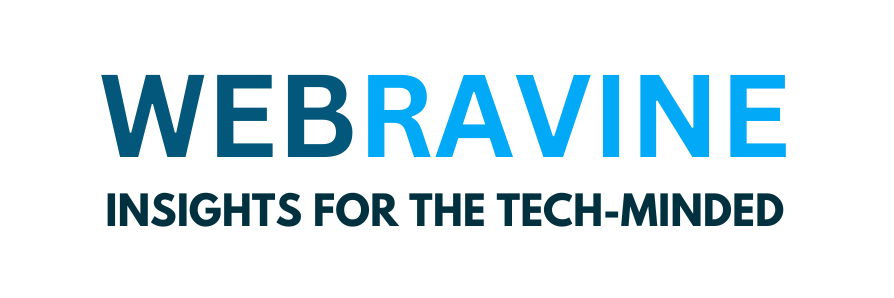Photos are essential for engaging content but can slow down your website. Larger images take longer to load, resulting in more bad user experience and lower search engine rankings. Where image compression tools like EWWW Image Optimizer come in handy, in this post, we’ll explore the top features of EWWW Image Optimizer and give tips on compressing images effectively and saving valuable space.
Why does image compression matter?
Before working on SEO, it is vital to understand why image compression is essential. Compressed images load faster, improving website speed—an important factor for SEO and user retention. More rapid websites rank better in search engines like Google and have fewer bounces and higher conversion rates. Therefore, compressing your images is a win-win for SEO and user engagement.
What is EWWW Image Optimizer?
EWWW Image Optimizer, a popular WordPress plugin, is a lifesaver for website owners. It’s designed to automatically compress images, sparing you the tedious task of optimizing each image manually. Its user-friendly interface and robust features make image optimization a breeze for everyone, regardless of technical skills. EWWW Image Optimizer uses various compression methods to ensure your images retain their quality while reducing size, relieving you from the manual work and allowing you to focus on other aspects of your website.
Top Features of EWWW Image Optimizer.
- Automatic Image Compression: EWWW Image Optimizer automatically compresses your images as you upload them to your WordPress media library. It means you don’t have to worry about optimizing each image manually, saving you time and effort.
- Bulk Optimization: If your website already has many images, EWWW lets you compress them all at once using the Bulk Optimize feature. This feature ensures that even old pictures on your site are compressed, reducing their overall storage space.
- Multiple Compression Options: EWWW Image Optimizer offers a range of compression options, giving you the power to choose the best one for your needs. Whether you prefer lossless compression that maintains the original quality or lossy compression that significantly reduces file size with minimal quality loss, EWWW gives you the control to make the best decision for your website, empowering you in the image optimization process.
- WebP Conversion: EWWW Image Optimizer also supports the WebP image format, which is known for its superior compression capabilities. By transforming your images to WebP, you can drastically reduce file size while maintaining quality, a testament to the plugin’s efficiency in enhancing web performance, providing you with the reassurance that your website will perform optimally.
- Image Resize and Scale: EWWW Image Optimizer allows you to automatically resize and scale your images, ensuring they fit the required dimensions without compromising quality. It is beneficial for websites with specific design requirements.
- CDN Integration: For faster loading times, EWWW integrates with a Content Delivery Network (CDN) to deliver your optimized images from the closest server to your users, reducing latency and improving speed.
Tips to compress photos and save space
Now that we understand the features of EWWW Image Optimizer, here are some additional tips to help you compress images and save space:
- Choose the correct file format: The format of your image can significantly affect the size. Use JPEG for photographs and PNG for transparent graphics. WebP is an excellent alternative to both, offering smaller file sizes without sacrificing quality.
- Use the correct dimensions: Resize your images to the dimensions your website needs. Uploading large images and resizing them depending on HTML or CSS increases load time and wastes storage space.
- Leverage Lazy Loading: Execute lazy loading for images that are not visible as the page loads. This technique allows images to be loaded when needed, saving bandwidth and speeding up page loading.
- Optimize before uploading: Before uploading images to your website, compress them using an offline tool like Photoshop or an online tool like TinyPNG. Combined with the EWWW image optimizer, this double compression method can maximize space savings.
- Monitor Image Performance: Use tools like Google PageSpeed Insights or GTmetrix to monitor your image performance. These tools suggest further image optimization and ensure your site remains fast and efficient.
- Consider a Content Delivery Network (CDN): CDNs can significantly improve your site’s speed by caching your images and delivering them from servers closer to your users. Using a CDN alongside the EWWW Image Optimizer ensures optimal performance.
- Audit your images regularly: Audit your website images regularly. Remove unnecessary or duplicate images that may take up space, and ensure that all remaining pictures are optimized for the web.

Compressing images is vital for improving website performance, enhancing user experience, and boosting SEO. By using tools like EWWW Image Optimizer and following the tips above, you can ensure that your images are perfectly optimized for the web, saving space and speeding up your website. Remember, a faster website not only delights users but ranks higher in search engines, making image optimization a must for every website owner.
Executing these strategies will help you build a leaner, faster, and more efficient website. Start optimizing today and see the difference it makes!


